The Ultimate Cleat Adjustment Guide
By Luc Mahler, Chiropractor
When riding their bike, the last thing our patients think about is their cleats... Until it's the only thing they can think about.
If you've ever experienced hotspots or numbness in your feet while riding, you know exactly what we mean.
Our patients often tell us how it can take them right off the bike, make them dread long rides, and force frequent, unwanted breaks.
But it doesn’t have to be this way—in fact, it can be quite the opposite.
When adjusted well, cleats can not only feel good but also enhance your performance.
But... how?
Here’s our guide to getting your feet feeling great while you pedal!
Do you have hotspots?
We often see hotspots on the outside of cyclists’ feet when the cleat is positioned too far inwards, and not enough of the foot is supported by the cleat and pedal. Move the cleat towards the outside of the shoe as far as you can without your heel hitting the frame. More foot support will decrease and eliminate hotspots.
Do you have toe numbness?
Cyclists in our clinic report toe numbness when the cleat is positioned too far toward the back of the shoe. This slid-back cleat position has become the new instagram sensation, but it's not for everyone. Toe numbness often occurs when the front of the foot lacks support. Move the cleat forward, and the numbness magically disappears. Moral of the story? Don't believe everything you see on the internet!
Do you have knee pain on the outside of your knee?
Most people will tell you that knee pain while cycling is due to saddle height. While saddle height can solve a lot of knee pain, it is not the end all be all. If your saddle height is right, then your cleats may be what’s causing your knee pain. Your foot position on the bike should mimic your natural foot position off the bike like when you’re walking or squatting.
Do your toes point outward when you squat? Then your cleats should do the same.
Do your toes point inward when you walk? Your cleats should do the same.
With these three steps, we’ve addressed the side-to-side movement of the cleat, front-to-back movement, and rotational movement.
Those are all the ways a cleat can be adjusted, now you are armed with the tools to find your optimal cleat position.
Your feet shouldn’t hurt or be numb—they should help you move forward and enjoy cycling.
